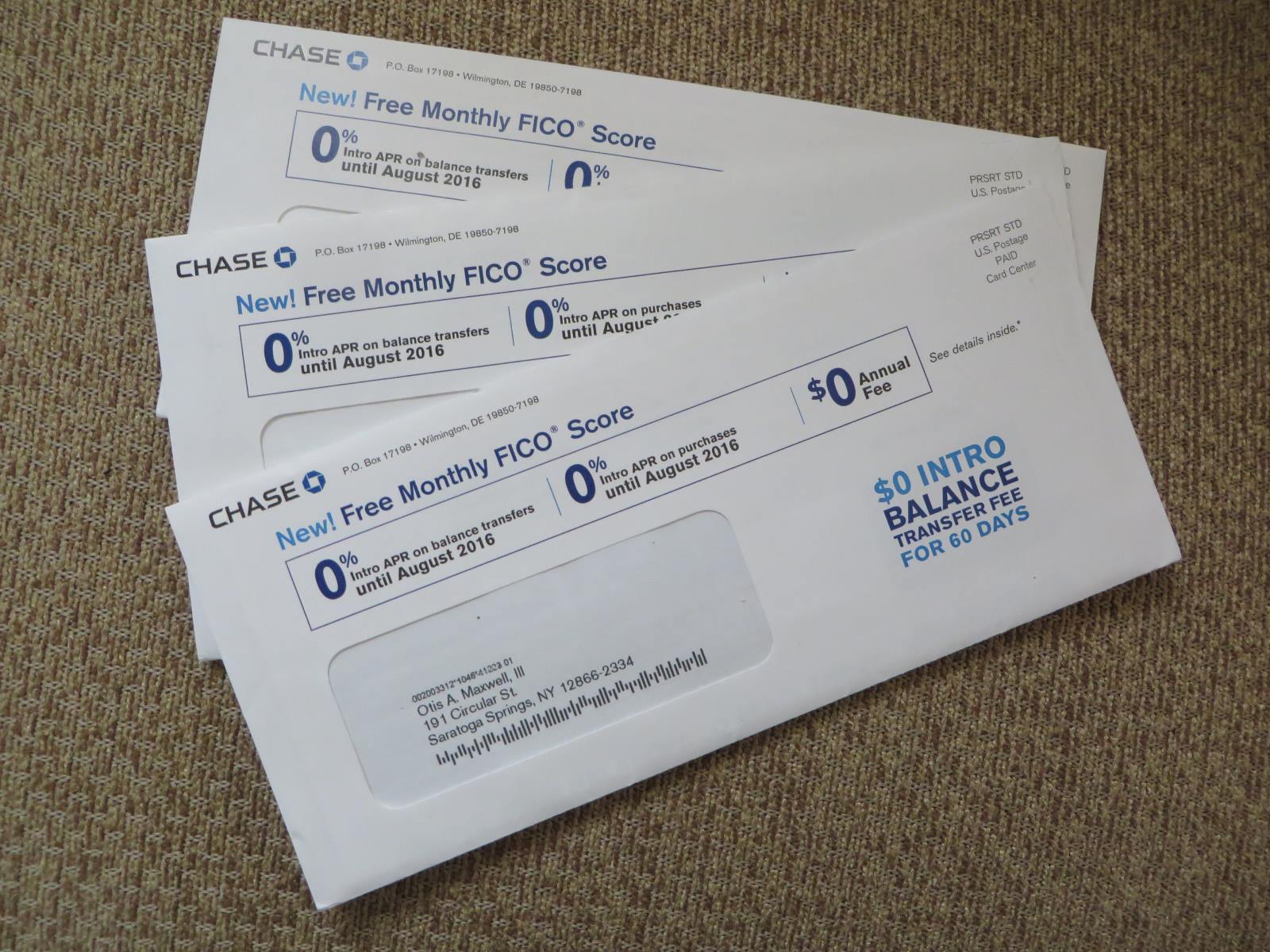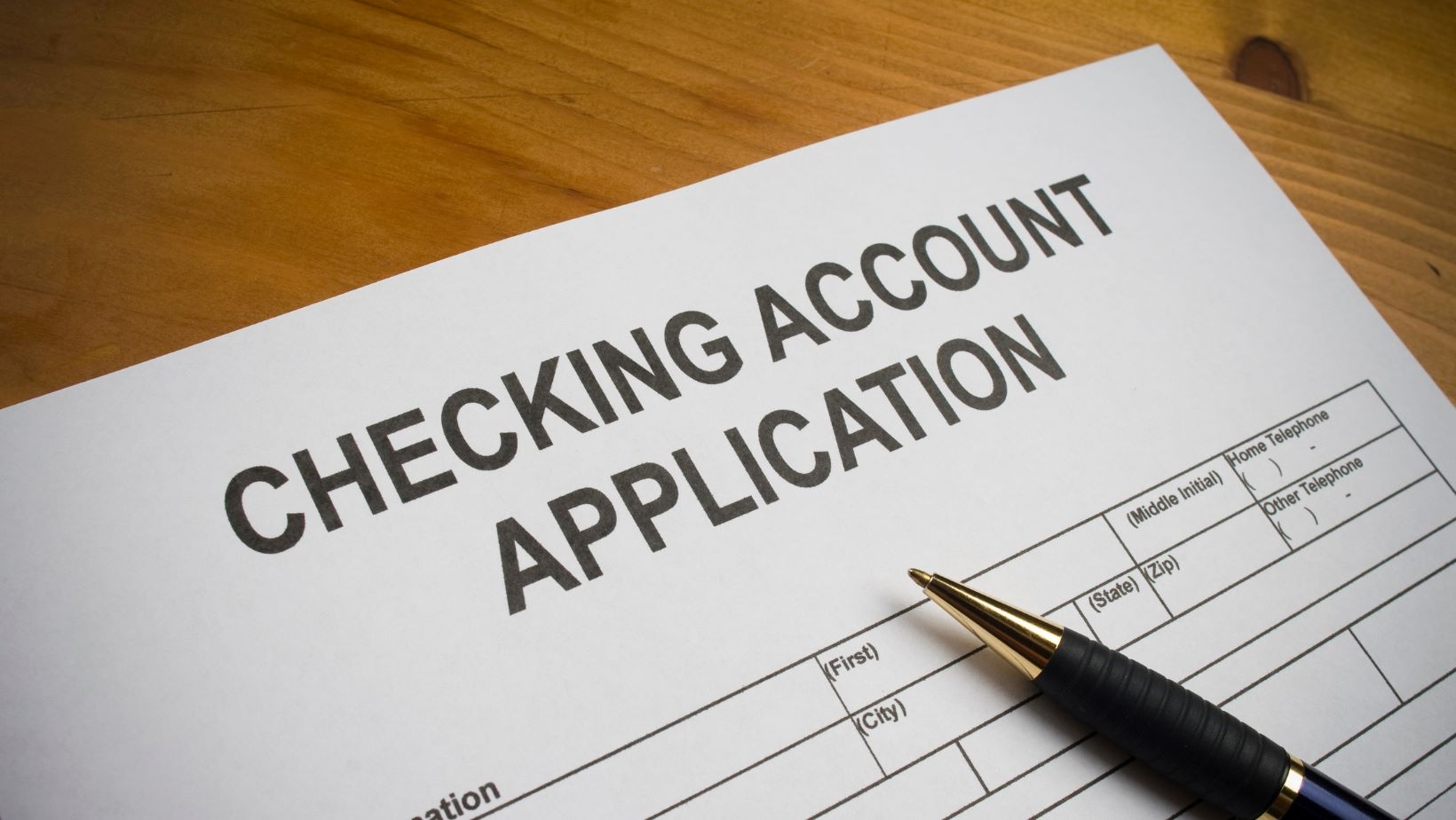Home>Finance>How Long Does A Balance Transfer Take With Chase


Finance
How Long Does A Balance Transfer Take With Chase
Published: February 18, 2024
Learn how long a balance transfer takes with Chase and manage your finances better. Find out the timeline and make informed decisions.
(Many of the links in this article redirect to a specific reviewed product. Your purchase of these products through affiliate links helps to generate commission for LiveWell, at no extra cost. Learn more)
Table of Contents
Introduction
Welcome to the world of balance transfers and the realm of financial optimization! If you’re considering a balance transfer with Chase, you’re likely eager to take control of your finances and make the most of your credit card benefits. Understanding the ins and outs of balance transfers, including the time it takes for a transfer to process, is crucial for making informed decisions and maximizing the potential savings.
Embarking on a balance transfer journey can be both empowering and financially savvy. By transferring high-interest credit card debt to a new or existing credit card with a lower interest rate, you can potentially save a significant amount of money on interest payments. However, the timeline for completing a balance transfer can vary based on several factors, and having a clear understanding of this process is essential for managing your financial expectations.
Throughout this article, we’ll delve into the intricacies of balance transfers, specifically focusing on the process of transferring a balance with Chase. From understanding the mechanics of balance transfers to exploring the factors that can influence the transfer time, we aim to equip you with the knowledge needed to navigate this financial maneuver with confidence.
Understanding Balance Transfers
Before delving into the specifics of balance transfers with Chase, it’s important to grasp the fundamental concept of this financial strategy. A balance transfer involves moving existing credit card debt from one or multiple accounts to another credit card, typically with a lower interest rate. The primary objective is to reduce the financial burden of high-interest debt and potentially save money on interest payments over time.
When you initiate a balance transfer, the new credit card issuer effectively pays off the balances on your old accounts, consolidating the debt onto the new card. This can offer several advantages, such as the convenience of managing a single payment, the potential for lower interest rates, and the opportunity to streamline your financial obligations.
It’s important to note that balance transfers are not without potential drawbacks. While they can provide relief from high-interest debt, they often involve balance transfer fees, which are typically calculated as a percentage of the amount being transferred. Additionally, the new credit card may have an introductory period with a low or 0% APR, but this promotional rate is temporary and will eventually revert to the standard APR.
Understanding the implications of balance transfers, including the potential benefits and associated costs, is crucial for making informed decisions about your financial well-being. By evaluating your current debt situation, assessing the terms of the new credit card, and considering the impact of balance transfer fees, you can determine whether a balance transfer aligns with your financial goals and circumstances.
Now that we’ve explored the foundational aspects of balance transfers, let’s shift our focus to the specific process of initiating a balance transfer with Chase.
Process of Balance Transfer with Chase
When considering a balance transfer with Chase, it’s essential to familiarize yourself with the step-by-step process involved in initiating and completing the transfer. Chase offers a straightforward and user-friendly approach to balance transfers, enabling cardholders to consolidate their existing credit card debt onto a Chase credit card with potentially more favorable terms.
The first step in the process is to select a Chase credit card that aligns with your financial needs and offers favorable terms for balance transfers. Once you have identified the most suitable card, you can proceed with the application process, ensuring that you provide accurate information about the amount you wish to transfer and the accounts from which the balances will be transferred.
Upon approval of your Chase credit card application, you will gain access to the Chase online portal or mobile app, where you can navigate to the balance transfer section. Here, you will be prompted to enter the details of the accounts from which you wish to transfer balances, including the account numbers and the specific amounts to be transferred from each account.
After submitting the balance transfer request, Chase will initiate the process of paying off the specified balances on your behalf. It’s important to note that there may be a waiting period between the submission of the balance transfer request and the actual completion of the transfers. During this time, it’s crucial to continue making payments on your existing credit card accounts to avoid any potential late fees or penalties.
Once the balance transfer is completed, the consolidated amount will appear on your Chase credit card statement, and you will be responsible for making payments based on the terms and conditions of the new card. It’s important to carefully review the details of the balance transfer, including any associated fees and the introductory APR period, to ensure that you have a clear understanding of the financial implications.
By following the prescribed process for balance transfers with Chase and staying informed about the status of your transfers, you can effectively manage your debt consolidation journey and take proactive steps toward financial stability.
Factors Affecting Balance Transfer Time
The timeline for completing a balance transfer with Chase can be influenced by several factors, each of which plays a significant role in determining the overall duration of the transfer process. Understanding these factors is essential for managing your expectations and proactively addressing any potential delays that may arise.
- Credit Card Issuer Policies: The specific policies and processes of the credit card issuer, in this case, Chase, can impact the speed at which balance transfers are executed. It’s important to familiarize yourself with Chase’s guidelines for balance transfers and any associated timelines for processing these transactions.
- Verification of Account Information: Accuracy and completeness of the account information provided for the balance transfer are crucial. Any discrepancies or inaccuracies in the account details may lead to delays as the issuer verifies the transfer information to ensure the seamless completion of the process.
- Volume of Transfer Requests: The volume of balance transfer requests received by Chase can affect the processing time. During periods of high demand or increased transfer activity, there may be a backlog of requests, potentially leading to longer processing times for individual transfers.
- Communication Between Financial Institutions: When transferring balances from accounts held with other financial institutions to a Chase credit card, the communication and coordination between these entities can impact the overall transfer time. Delays in inter-institutional communication may prolong the completion of the balance transfer.
- Review and Approval Process: Chase may conduct a review and approval process for balance transfer requests to ensure compliance with their internal policies and regulatory requirements. This review process can contribute to the overall time taken to process and execute the balance transfers.
By being mindful of these factors and proactively addressing any potential challenges, you can navigate the balance transfer process with greater insight and preparedness. Additionally, staying informed about the status of your balance transfer and maintaining open communication with Chase can help mitigate delays and facilitate a smoother transfer experience.
Timeframe for Balance Transfer Completion
The timeframe for completing a balance transfer with Chase can vary based on a range of factors, and understanding the typical duration of this process is crucial for managing your expectations and planning your financial commitments accordingly.
On average, the completion of a balance transfer with Chase can take anywhere from 7 to 21 days, although this timeline is subject to variation based on the specific circumstances surrounding the transfer. It’s important to note that this timeframe encompasses the entire process, from the submission of the balance transfer request to the consolidation of the transferred balances onto your Chase credit card.
Factors such as the accuracy of the account information provided, the volume of transfer requests, and the review and approval process can all contribute to the overall duration of the balance transfer. Additionally, the efficiency of inter-institutional communication and coordination between Chase and the financial institutions from which balances are being transferred can impact the speed of the process.
During the period while the balance transfer is in progress, it’s essential to continue making payments on your existing credit card accounts to avoid any potential late fees or penalties. Once the balance transfer is completed, the consolidated amount will appear on your Chase credit card statement, and you will be responsible for making payments based on the terms and conditions of the new card.
To gain a more precise understanding of the expected timeframe for your specific balance transfer, it’s advisable to consult with Chase and inquire about the estimated processing and completion times based on your individual circumstances and the details of your transfer request.
By remaining informed about the typical timeframe for balance transfer completion and staying proactive throughout the process, you can effectively manage your financial obligations and leverage the benefits of consolidating your credit card debt onto a Chase credit card.
Tips for a Smooth Balance Transfer Process
Embarking on a balance transfer journey with Chase can be a strategic move to gain control over your finances and reduce the burden of high-interest credit card debt. To ensure a seamless and efficient balance transfer process, consider the following tips that can help you navigate this financial maneuver with confidence:
- Understand the Terms and Conditions: Before initiating a balance transfer, carefully review the terms and conditions of the new Chase credit card, including the introductory APR period, balance transfer fees, and the standard APR that will apply after the promotional period. Understanding these details will help you make informed decisions and avoid any surprises during the transfer process.
- Accurate Account Information: When providing the details of the accounts from which you wish to transfer balances, ensure that the account information is accurate and up to date. This includes the account numbers, outstanding balances, and any other relevant information required for the transfer.
- Continue Making Payments: While the balance transfer is in progress, continue making payments on your existing credit card accounts to avoid late fees and maintain a positive credit standing. The completion of the balance transfer may take time, and it’s essential to uphold your financial responsibilities during this period.
- Monitor the Transfer Status: Stay informed about the status of your balance transfer by regularly checking your Chase account portal or contacting Chase’s customer service. Being proactive about monitoring the transfer process can help you address any potential issues or delays in a timely manner.
- Communicate with Chase: If you have any questions or concerns about the balance transfer process, don’t hesitate to reach out to Chase’s customer service for assistance. Clear communication can help clarify any uncertainties and ensure that the transfer progresses smoothly.
- Optimize the Introductory Period: If your new Chase credit card offers an introductory period with a low or 0% APR for balance transfers, consider optimizing this period by diligently paying down your transferred balances. Doing so can maximize the potential savings on interest payments.
By adhering to these tips and maintaining a proactive approach throughout the balance transfer process, you can enhance the likelihood of a smooth and successful transfer experience with Chase. Consolidating your credit card debt onto a Chase credit card can pave the way for improved financial management and reduced interest expenses, contributing to your overall financial well-being.
Conclusion
Embarking on a balance transfer journey with Chase presents an opportunity to take control of your finances, reduce the burden of high-interest debt, and potentially save money on interest payments. Understanding the intricacies of balance transfers, including the process of transferring balances with Chase and the factors that can influence the transfer time, is essential for making informed financial decisions.
By comprehending the fundamental concept of balance transfers and the potential benefits and costs associated with this financial strategy, you can approach the transfer process with clarity and foresight. Selecting a Chase credit card that aligns with your financial goals and offers favorable terms for balance transfers sets the stage for a well-informed and strategic approach to debt consolidation.
Throughout the balance transfer process, it’s important to remain proactive, ensuring the accuracy of account information, monitoring the transfer status, and maintaining open communication with Chase. By adhering to these principles and optimizing the introductory period offered by the new credit card, you can maximize the potential benefits of consolidating your credit card debt onto a Chase credit card.
As you navigate the balance transfer process, recognizing the typical timeframe for completion and understanding the factors that can impact the transfer time will empower you to manage your financial commitments effectively. By staying informed and proactive, you can mitigate potential delays and facilitate a smooth and efficient balance transfer experience.
Ultimately, a successful balance transfer with Chase can position you to achieve greater financial stability, reduce interest expenses, and streamline your debt management efforts. Leveraging the insights and tips provided in this article, you can approach the balance transfer process with confidence and work towards enhancing your overall financial well-being.














